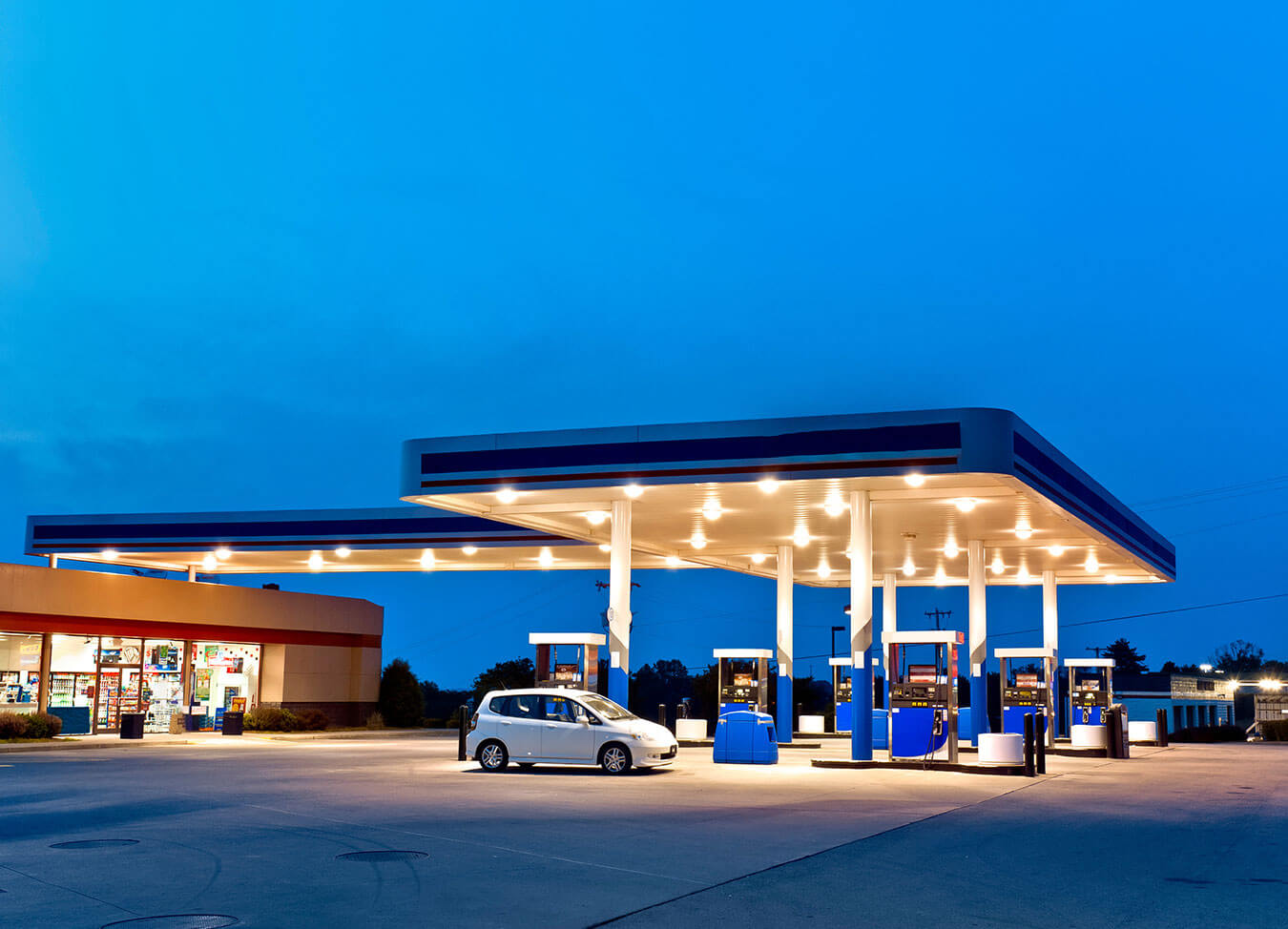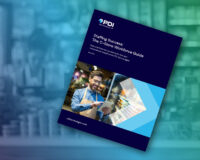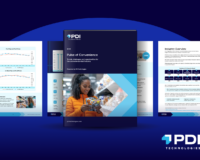
Sustainability is a more important topic than ever for individuals and businesses alike. In recent years, government regulations, corporate emissions targets, and growing public opinion have made developing a sustainability strategy not just a “nice to have,” but a necessity.
In the transportation industry, which accounts for 28% of the total emissions in the US (US EPA), sustainability is at the forefront of consumers’ minds.
According to a 2022 study from PDI, 75% of Americans are concerned about their environmental footprint. The same study found that 64% of Americans would agree to higher prices at the pump if their carbon emissions were offset. That means eco-conscious consumers are not only choosing more sustainable brands and products over less sustainable ones, they’re also willing to pay more for them.
As a result, gas stations across America are implementing more sustainable business practices—such as data-driven operational efficiencies, reuse and recycling programs, alternative fuels, carbon offsetting, and electric vehicle (EV) charging—in order to reduce emissions, conserve resources, and gain a competitive advantage. Especially now in 2023, convenience retailers should prioritize learning how to create a more sustainable business model.
Data-driven operations
However, building a sustainable business operation is typically something that happens gradually, rather than all at once. The first step for any business is to measure its current rates of water and energy usage, fuel consumption, and waste. For example, operational metrics can help gas stations and convenience stores eliminate wasteful practices, identify areas for improvement in their use of resources, and reduce costs.
Understanding the biggest 2023 sustainability trends can also be good for business. Insights into consumer trends can help you identify where customers are in their sustainability journey. When you meet consumers’ needs with relevant, sustainable product and service offerings, it can boost customer loyalty and increase your profitability.
Start small: Reduce, reuse, recycle
A simple and effective way to be more eco-friendly is to reduce waste, reuse resources, and recycle whenever possible. Convenience has long been associated with disposable paper and plastic products—but it doesn’t have to be.
Reducing unnecessary packaging, choosing recyclable cups, offering discounts for reusable bags, and even reclaiming wastewater from car washes are all great ways to create more sustainable practices every day. Over time, these small actions add up to big change.
Electric vehicle charging stations
EV charging has dominated the sustainability conversation in recent years. In the US, California was the first state to set the ambitious goal of phasing out new vehicles with internal combustion engines (ICEs) by 2035. Several other states have since followed suit.
As automakers ramp up battery production and cities scramble to set up charging infrastructure, gas stations are expected to become key points for EV charging along travel corridors. The convenience industry has obliged, for the most part, happy to welcome EV drivers with coffee, free Wi-Fi, and other amenities while they charge their vehicles.
But with the most ambitious targets for phasing out ICEs still 12 years away—and considering that the typical US consumer keeps a vehicle for 12 years—we can reasonably expect to continue selling fuels for several more decades.
And, if we’re going to be dispensing petroleum and diesel for a long time, biofuels and carbon offsets are two of the best solutions to address tailpipe emissions.
Biofuels
Biofuels are also a good alternative to fossil fuels, and leading energy and resource scientists are developing cutting-edge ways to reduce greenhouse gas emissions.
Biofuels like ethanol and biodiesel are produced from renewable biological resources, including vegetable oils, animal fats, and even algae. These high-octane liquids are then blended with gasoline to reduce carbon monoxide and other smog-causing emissions.
In the US, the EPA has approved increasing biofuel blends from 10% to 15%, a move that is delivering higher-octane, lower-emission gas to consumers and often reducing costs for fuel providers.
Carbon offsetting
Even after pursuing emission reduction strategies, most businesses will still produce some residual amount of carbon. In recent years, carbon offsetting has become a popular strategy for mitigating those emissions.
Offsetting is a way for businesses that produce carbon emissions to invest in efforts that have a positive environmental impact, such as renewable energy, reforestation, or methane capture projects.
When companies claim they are “carbon neutral,” it typically means they’ve purchased carbon credits equal to or greater than the carbon their business activities produce. There’s no doubt that offsetting carbon emissions is a valiant effort, but it’s important to use it in the right context and only after first attempting to reduce emissions—not as a license to pollute.
Good for the environment, good for business
Ultimately, there’s no silver bullet to reaching the goals of the Paris Agreement, and a combination of the above strategies will be necessary to help any gas station or convenience store minimize the impact of its operations. The first step begins with identifying short-term goals and initiatives that make the most sense for your business. From there, you can work toward developing a mid- and long-term sustainability strategy.
Creating a sustainable business model comes with many benefits, such as reduced operating costs, rebates and incentives, and loyal customers that help you achieve higher profits.
You can thrive in today’s digital economy. Contact us today to learn how we can help you transform your business.


